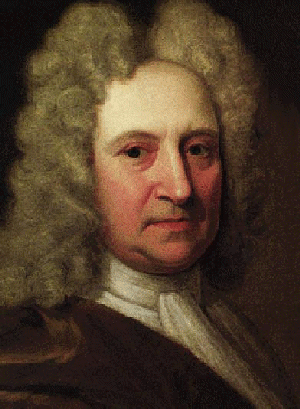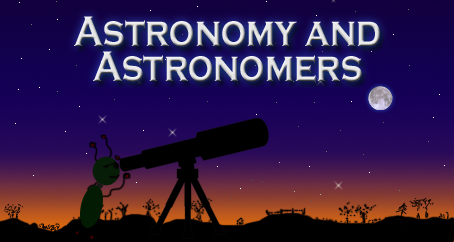Edmond Halley (1656 - 1742)

Although contributing to many other scientific projects, Halley is most famous for predicting the return of Halley's Comet (of course, it wasn't called Halley's Comet at the time!). He looked at details of a comet that had been observed in 1682. He noticed that this comet shared characteristics with a comet that had appeared in 1531 and another in 1607. He realised that these three comets might actually be the same one, and that approximately every 75-76 years it reappeared. He predicted that the comet would reappear again in approximately 1757. Although he died fifteen years before then, Halley's theory proved correct, and his comet was observed again in 1758, slightly later than he predicted although this delay was due to gravitational influences of Jupiter and Saturn. The fact that Halley was able to predict when his comet would appear meant that scientists could look through older observational records and find out when else the comet had been spotted. They discovered that ancient records from Chinese astronomers from possibly as far back as 467 BC showed that an object that they had observed was in fact Halley's Comet, with many other observations of the same object in between then and now. Halley's Comet is next expected to be visible in 2061 or 2062. As well as his comet, craters on the Moon and Mars and a research station in Antarctica are named after Edmond Halley.
